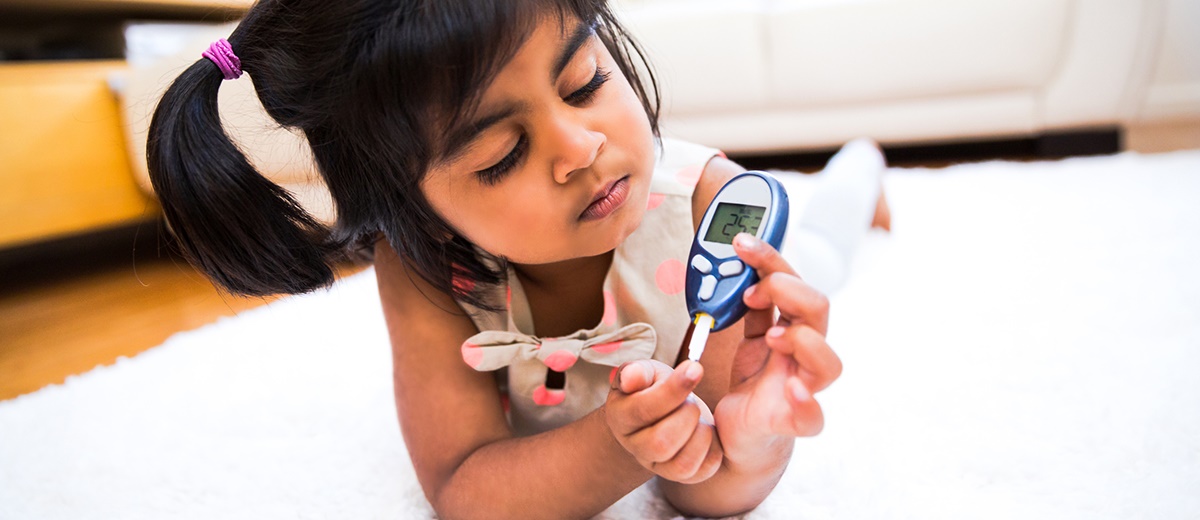In a past blog post we discussed the basics of Type 2 diabetes in children. In this blog we’d like to review Type 1 diabetes and how COVID-19 may impact children with diabetes.
Type 1 Diabetes Basics
According to Mayo Clinic, Type 1 diabetes is a chronic condition in which the pancreas produces little or no insulin. Insulin is a hormone needed to allow sugar (glucose) to enter cells to produce energy. Type 1 diabetes typically develops in younger children, but it can also develop in adults. Many factors, including genetics, contribute to its development.
While there is no cure, Type 1 diabetes can be managed with monitoring blood sugar levels with insulin and adjusting diet and lifestyle.
Type 1 diabetes symptoms include:
- Increased thirst
- Frequent urination
- Bed-wetting in children who previously didn't wet the bed at night
- Extreme hunger
- Unintended weight loss
- Irritability and other mood changes
- Fatigue and weakness
- Blurred vision
Type 1 Diabetes and COVID-19
There is not enough evidence to know if Type 1 diabetes puts a child at higher risk of contracting COVID-19. However, if a child with Type 1 diabetes does become sick, following typical “sick day” guidelines is critical. This means checking ketones regardless of blood sugar. In general, when a child with diabetes develops a viral infection, it can make their blood sugar levels more challenging to regulate, leading to complications such as hypoglycemia (low blood glucose levels) or diabetic ketoacidosis (DKA).
Educating children on the importance of following these CDC guidelines will help keep them safe, healthy and help stop the spread of COVID-19:
- Wash hands frequently with soap and water for at least 20 seconds.
- If soap and water are not available, use hand sanitizer that contains at least 60% alcohol, making sure to cover all surfaces of hands and rub hands together until they feel dry.
- Maintain social distancing (6 feet or more).
- Cough or sneeze into a tissue or elbo Be sure to throw the used tissue into the closest garbage can and then immediately wash your hands.
- Avoid touching the face, including the eyes and nose
- Wear a mask (if 2 years of age or older) when in public and ensure that it’s worn correctly





